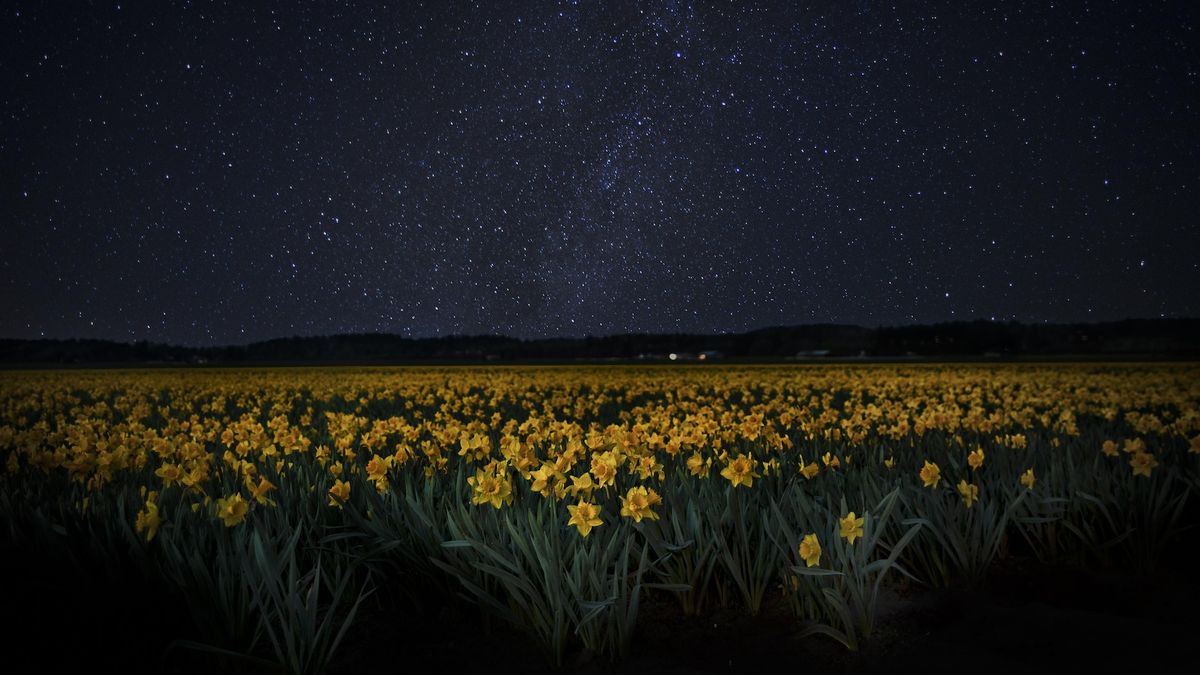Now Reading: May’s Top Stargazing Events: Lion, Bear, and a Mini Planet Parade Await
-
01
May’s Top Stargazing Events: Lion, Bear, and a Mini Planet Parade Await
May’s Top Stargazing Events: Lion, Bear, and a Mini Planet Parade Await

Quick Summary
- A new moon on May 26 (10:02 p.m.EDT) will make night skies exceptionally dark, creating optimal conditions for stargazing from May 20 to May 30.
- Key celestial sights include:
– Big Dipper and Ursa Major: A prominent asterism and constellation that is well-visible overhead in the Northern hemisphere during early evening hours.
– Leo the Lion: Visible to the south after dark, identified by a “backward question mark” of stars; Regulus, its brightest star, stands out sharply.
– Small planet Parade: Early on May 23 (before sunrise), Venus and Saturn appear close together near a crescent moon in the eastern sky.- Boötes Constellation: Known for its brightest feature,Arcturus-the fourth-brightest star visible at night-tracing out an easy-to-spot kite or champagne flute shape.- Hercules Cluster (M13): One of the best globular clusters observable with binoculars or telescopes during this period. It contains over 100,000 stars located approximately 25,000 light-years away.
Images included in article:
- Night sky scene highlighting stars Image Link.
- Ursa Major’s Big dipper Image Link.
- Leo Constellation with “sickle” formation Image Link.
- Close conjunction view of Venus, Saturn & crescent moon Image Link.
- Hercules star cluster M13 image Link.
Indian Opinion Analysis
This rare astronomical window offers both enthusiasts and casual observers an chance to connect with nature through clear views of prominent constellations and celestial phenomena under minimal light pollution-a natural spectacle many urban dwellers rarely experience due to increasing artificial illumination globally.
For India specifically:
- The timing aligns well for astronomy clubs and educational organizations across India’s diverse regions were varying atmospheric conditions affect visibility differently between rural and urban areas.
- This could inspire greater interest toward accessible stargazing programs as India’s growing space initiatives continue to elevate public curiosity around outer space exploration-for example ISRO’s missions-and foster scientific engagement among youth.
Events like these are worldwide reminders of humanity’s shared connection via exploration of our skies while respecting ecological preservation related themes like combating light pollution long-term-a rising challenge worldwide but also viable discussion locally ahead strategic hubs nearby observatories eg bangalore Pune science inclusivity.




























